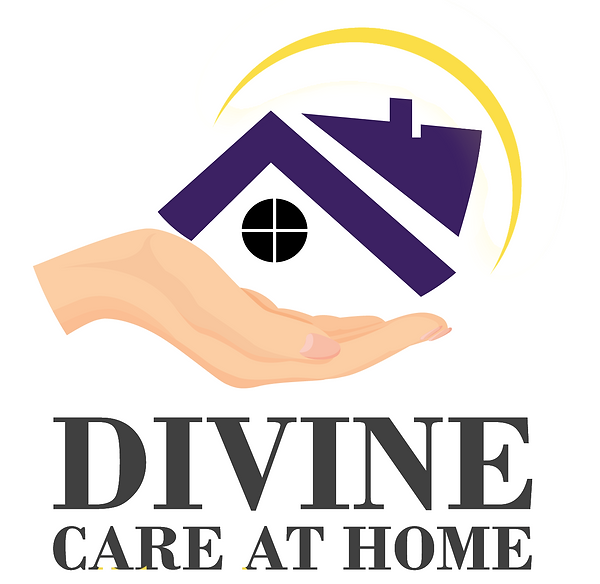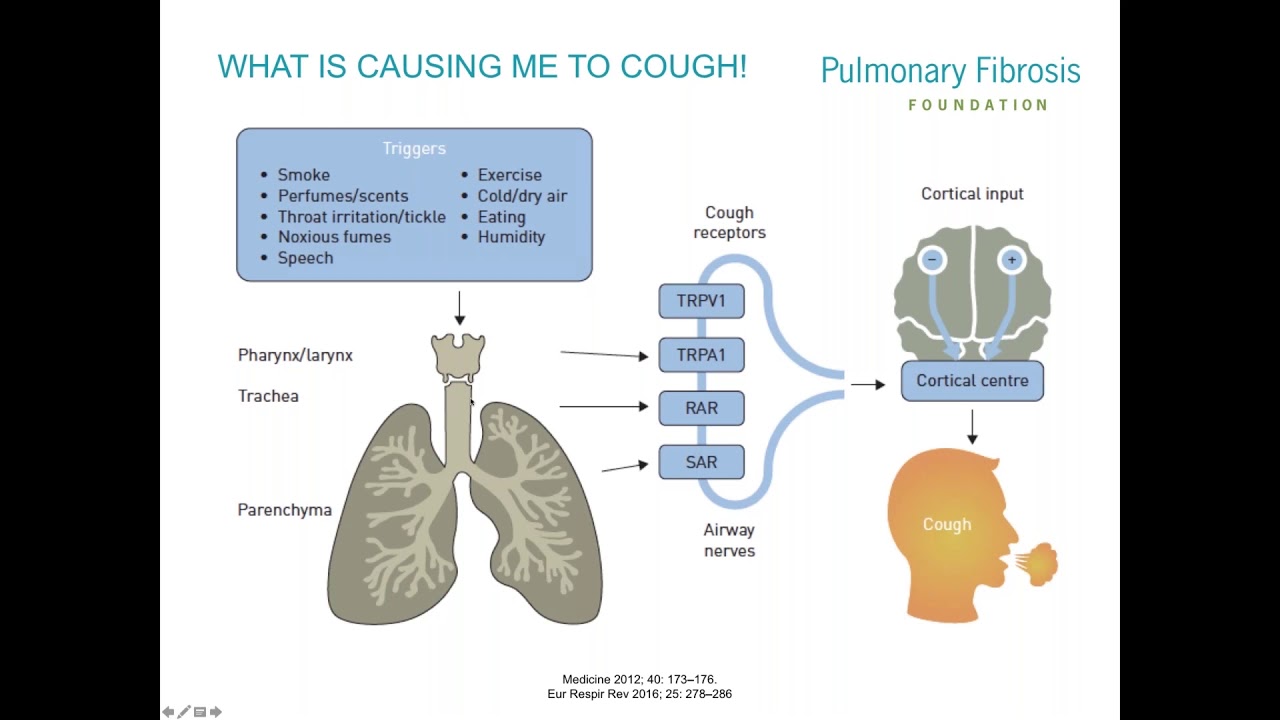
No matter their profession, caregivers of the elderly can feel stress both physically and psychologically due to their caregiving responsibilities. Caregiving responsibilities include monitoring the health condition of an elderly person, assisting in instrumental activities of daily living (IADL), preparing meals, grooming, shopping, and transferring a bed-bound patient. Caregivers often have financial difficulties, as well as difficulty managing their responsibilities in the workplace and with friends. The burden of caregiving increases with the age and dependency of an elderly person.
The primary caregiver for an elderly person is traditionally the child. With an increasing number of people aging, the availability of family caregivers is decreasing. Many seniors find themselves without basic needs for an extended period of time. Seniors often turn to family and friends for support, as well as professional assistance, in order to maintain their health. It is crucial that caregivers also take care of their own health.
The age of an individual caring for them increases, as does their dependency and the level of personal contact. You can reduce the caregiver burden by seeking respite services or enlisting the assistance of loved ones and friends. You can also reduce caregiver burden with health technologies.

The burden on caregivers increases with the onset and inability to receive professional assistance. It also increases with caregivers who spend more time caring for elderly people. Emotional distress and depression were also common among caregivers. In addition to their emotional distress and depression, they also experienced physical pain and stress. They also had difficulty sleeping and managing their responsibilities, such as work, friends, or the elderly.
Unver et al. conducted a study in Turkey to examine the sociodemographic characteristics and caretakers of the elderly. The majority of caregivers were either spouses or children of the elderly, and nearly all of them were daughters. According to them, caregivers of the elderly suffered from psychological and physical problems such as insomnia, anxiety, and depression.
The mental health needs of family caregivers to the elderly have been the subject of other studies. Krevers & Oberg reported that caregivers of the elderly had mental health problems, including depression, stress, and overall psychological strain. Because of the small study, it was difficult to determine their specific health needs.
Krevers & Oberg also studied the mental health of caregivers for stroke victims. The study included 89 caregivers who had cared for the elderly for at least six months. It was conducted in the Famagusta region of the TRNC. The mixed-method study used questionnaires to gather data. It also used the Zarit Burden Interview ZBI to gather data about caregiving's burden.

The study excluded caregivers who were not present at home during home visits. The data were analyzed using IBM SPSS Statistics version 20.0, which included descriptive and descriptive tests and the Kruskal-Wallis test. The results showed caregivers to be burdened from moderate to severe. Higher burdens were experienced by those who had chronic kidney disease or rheumatic symptoms.
FAQ
What do you think about the private sector's role?
The private sector has a vital role to play in delivering healthcare. It supplies equipment, among other things, that is used by hospitals.
It also covers some hospital staff. It makes sense for them also to participate in running it.
There are however limitations to what they offer.
It is not always possible for private providers to compete with government services.
And they shouldn't try to run the whole system. This could result in a system that isn't cost-effective.
What are the different health care services?
Patients should be aware of the fact that they have 24/7 access to high-quality healthcare. No matter whether you require an urgent appointment or routine check-ups, we are available to help.
There are many types of appointments available, including outpatient and emergency procedures, walk-ins, same day surgery, same-day surgeries, and emergency department visits. Home care visits are also available for patients who live away from our clinic. If you do not feel at ease in our office, you can be referred to your nearest hospital.
Our team includes doctors, nurses, pharmacists, dentists, as well as other professionals who are dedicated to providing exceptional patient service. Each visit should be as easy and painless as possible.
What is the difference of a doctor and physician?
A doctor can be defined as someone who has completed medical training and is licensed. A physician is a doctor who specializes in a particular area of medicine.
Statistics
- The health share of the Gross domestic product (GDP) is expected to continue its upward trend, reaching 19.9 percent of GDP by 2025. (en.wikipedia.org)
- Healthcare Occupations PRINTER-FRIENDLY Employment in healthcare occupations is projected to grow 16 percent from 2020 to 2030, much faster than the average for all occupations, adding about 2.6 million new jobs. (bls.gov)
- Foreign investment in hospitals—up to 70% ownership- has been encouraged as an incentive for privatization. (en.wikipedia.org)
- The healthcare sector is one of the largest and most complex in the U.S. economy, accounting for 18% of gross domestic product (GDP) in 2020.1 (investopedia.com)
- Consuming over 10 percent of [3] (en.wikipedia.org)
External Links
How To
What are the Key Segments in the Healthcare Industry's Industry?
The healthcare industry includes the following key segments: diagnostics/biotechnology, pharmaceuticals/diagnostics, therapeutics/health information technology, medical device, and equipment.
These medical devices include blood pressure monitors and defibrillators as well as stethoscopes and ultrasound machines. These products are usually designed to diagnose, prevent, or treat diseases.
Pharmaceuticals are medications that are used to treat or alleviate symptoms. Examples include antibiotics, antacids, antihistamines, contraceptives, etc.
Diagnostics are tests done by laboratories to determine illness or injury. There are many types of diagnostics: blood tests; urine samples; CT scans; MRI scans; X-rays.
Biotechnology refers essentially to the use of living organisms (such bacterium) to create useful substances which can be used by humans. There are many examples, including vaccines, insulin, or enzymes.
Therapeutics are treatments administered to humans to treat disease or relieve symptoms. They may include drugs, radiation therapy, or surgical interventions.
Health information technology includes computer software programs that help physicians, and their teams manage data related to patient records. It helps doctors track what medications are being taken and when they should be taken.
Anything used to diagnose or treat illnesses and conditions, such as diabetes, is medical equipment. Examples include dialysis machines, pacemakers, ventilators, operating tables, etc.